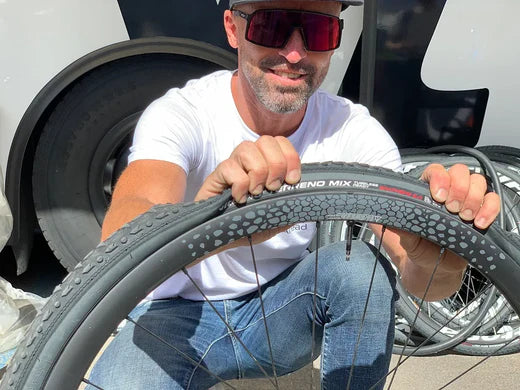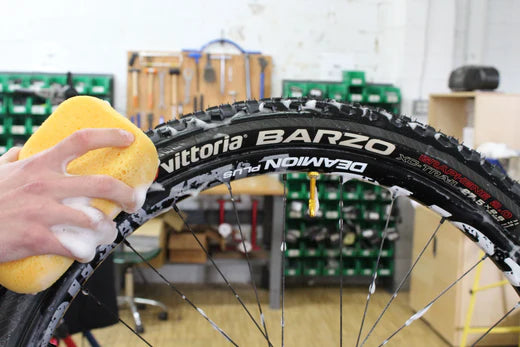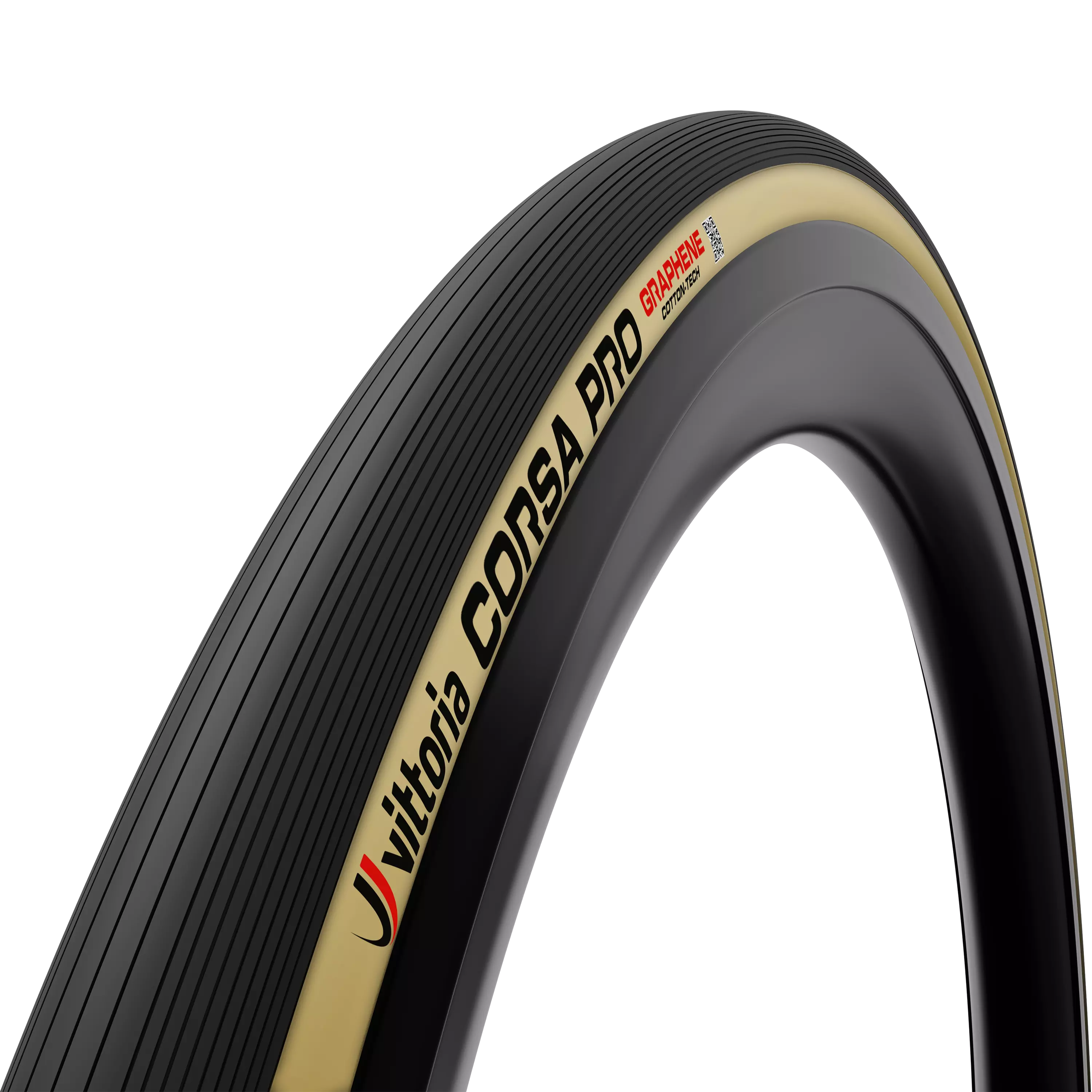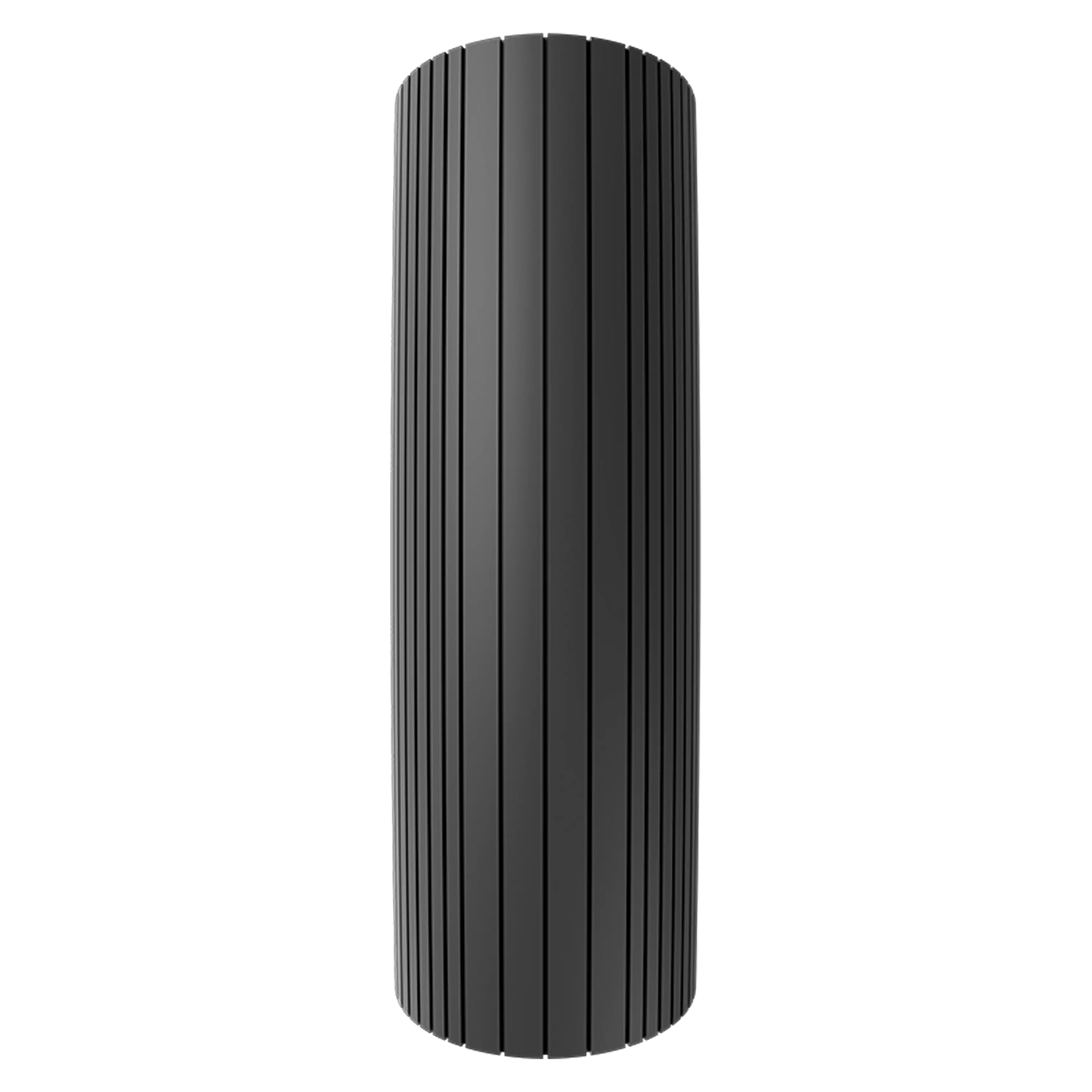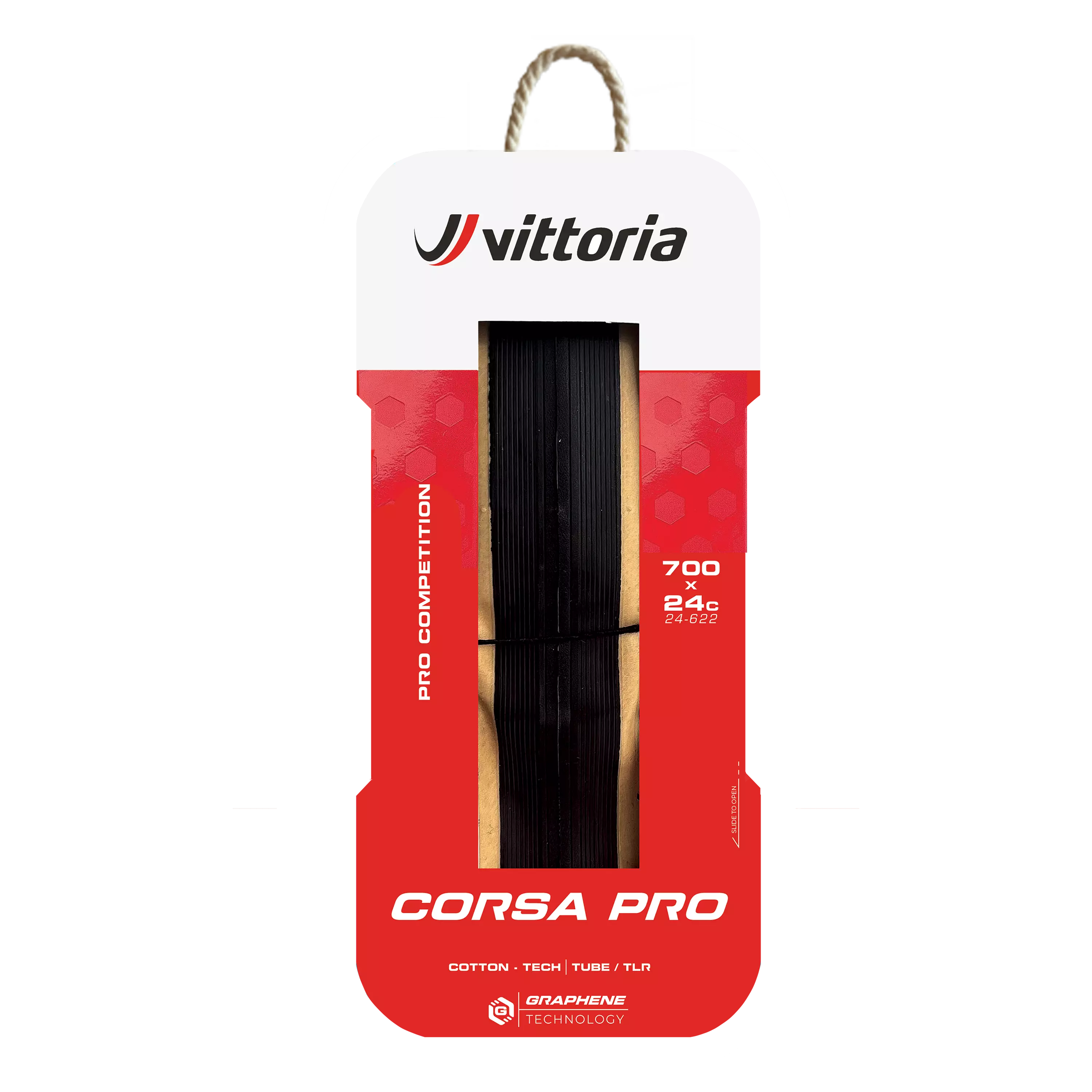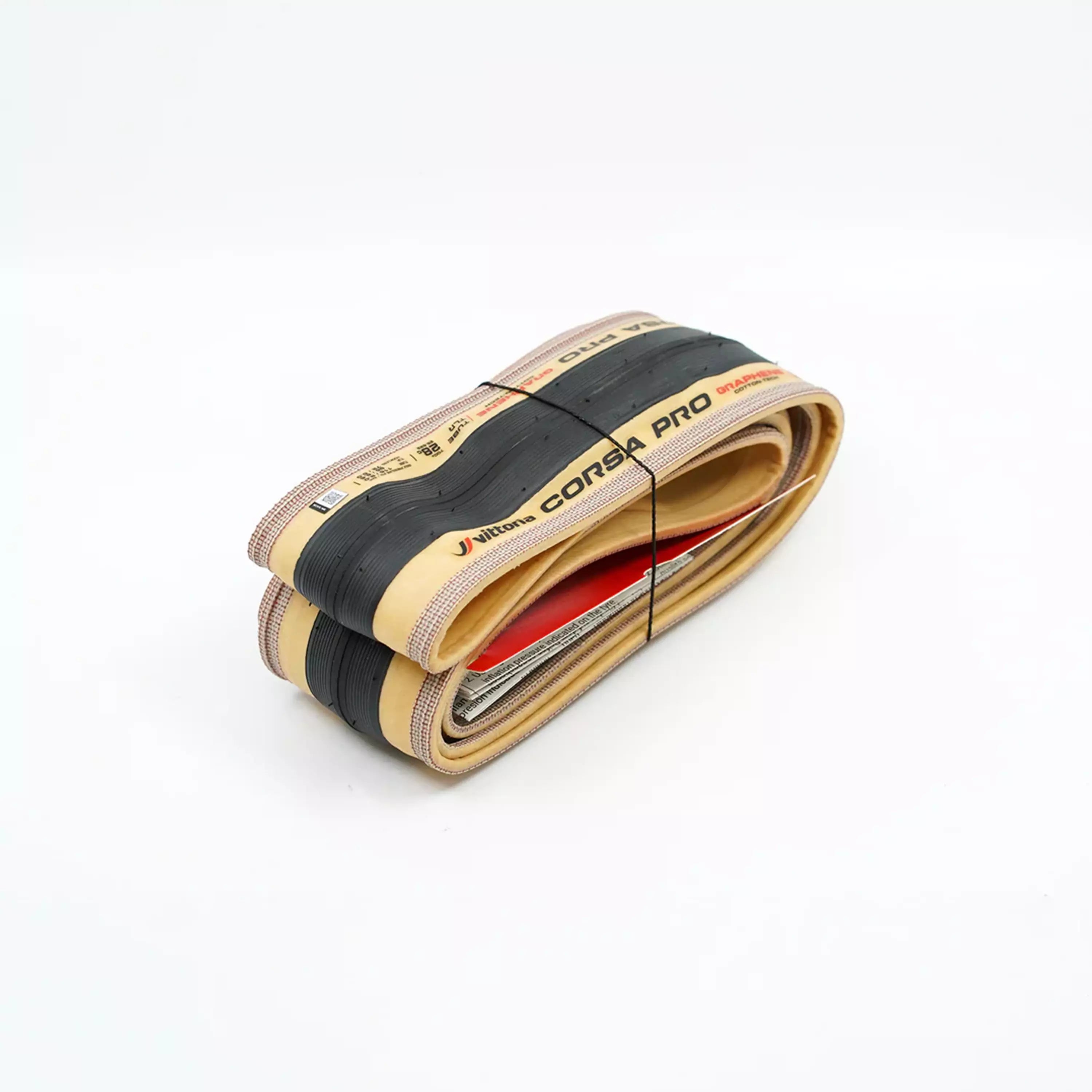Although bicycle tires do have an average lifespan, when to replace them depends on many factors. The average lifespan of a bicycle tire, whether it is a road racing tire or a mountain bike tire, is 3,000-4,000 mileage. That said, there are signs of replacement that matter much more than the number of miles you ride such as no available tread, wear and tear, rubber cracks, sidewall cuts and low performance. Tires are a crucial component of your bicycle as they considerably affect performance, safety, comfort as well as the overall riding experience. For instance, a worn tire tread generates vibrations that affect the bicycle handling. If there is only a thin rubber layer left, the tyre is subject to frequent punctures. These are just some examples of tire malfunction signs that cyclists must be attentive to.
Factors that impact how often to change bike tires
How many miles do road bike tires last? When to change mountain bike tires? To answer these questions, many different factors come into play such type of tire, tire quality, rider’s weight and riding style, type of pavement and maintenance.
-
Type of tire: road bike tires are extremely different from mountain bike tires. They are narrower, lighter, and they offer a smooth and fast ride. On the other hand, road bike tires are less robust, their tread and casing are thinner, so even the smallest sharp object can be fatal. In contrast, mountain bike tires are used in a variety of off-road terrain, which is less consistent compared to road surfaces, and also typically experience higher impact loads. The tire construction also affects the frequency of replacement. Standard clincher tyres with inner tubes can be reused after a puncture; you only need to replace the tube inside the tire. Unlike clinchers, if you get a flat on a tubeless tire and the sealant could not repair it, the tire must be replaced. Same thing with tubulars: once punctured, they cannot be reused.
-
Tire pressure: air pressure is another factor affecting the tire durability. Using high pressures is very common for road bike tires, as it enhances rolling and speed, but it also increases the risk of blow up when hitting potholes, curbs or other obstacles you may find in the road. Lower pressures are more common in mountain bike tires, as they are designed for traction, and have a higher volume compared to road tires. In both cases, using lower pressures makes the ride smoother, especially in turns, over obstacles and over off-road surfaces. However, riding underinflated tires is not recommended, as they will be more likely to experience a pinch-type flat, and loss of control.
-
Riding style: the more you gain trust of your bicycle, the more you may want to experiment new riding styles, or even tricks, wheelies, skidding, screeches etc. The way you brake, and turn, has a direct impact on the tire tread consumption. A more fluid, smoother riding style will make your tires last longer.
-
Where you ride: bicycle tires lifespan also depends on where you ride. Considering road cycling, riding mostly on smooth pavements and on roads in good condition will increase the tire lifespan, while gravel, and rough asphalt will wear out the tread faster. In mountain biking, if you mostly deal with rocky trails, you are more likely to get your tires damaged by the sharp edges of the rocks. The knobs on the tread are also more likely to tear apart. On the other hand, trails with longer hardpack sections are less aggressive towards your tires. Also, the average elevation gain of the trails you ride can impact tyre consumption. When riding both uphill and downhill, tires are more stressed and wear faster.
- Maintenance: a properly maintained tire will last longer. Good tire maintenance involves paying attention to the tire pressure, and keeping the tires inflated even when the bicycle is not in use. When using tubeless tires, it is important to check if there is leakage of sealant of any kind. After your rides, it is good practice to check if any debris, or little pieces of glass, are stuck in the tire tread and remove them. Failure to properly maintain your tires will lead to unexpected flats or low performances.
